Art Fairs
Meet the Power Players Driving Tokyo Gendai, From the Dealer Who Discovered Yoshitomo Nara to a Psychiatrist Art Collector
The orchestrators of Asia’s latest bluechip fair hope to elevate Tokyo on the world stage.
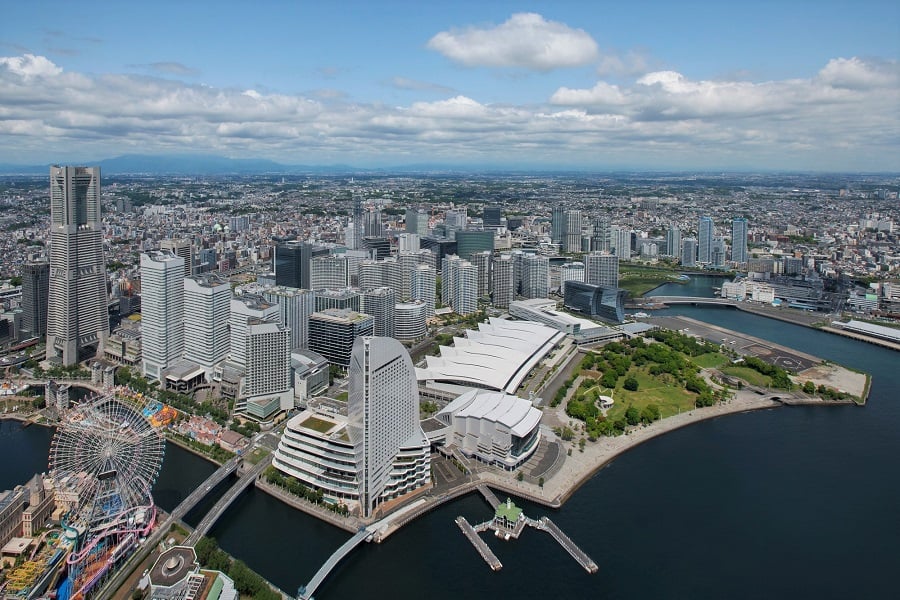
The orchestrators of Asia’s latest bluechip fair hope to elevate Tokyo on the world stage.

Jennifer Pastore

Pacifico Yokohama may experience some déjà vu when the inaugural Tokyo Gendai (July 7–9) arrives this week. The same venue also hosted the first Art Fair Tokyo back in 1992. While the Japanese art world has since experienced plenty of ups and downs, its contemporary scene endures unique growing pains, leaving many to wonder why it lags those of neighboring countries.
Magnus Renfrew, co-founder of Tokyo Gendai, observed at a conference last fall that while Tokyo possesses the creative output, quality, and wealth needed for a world-class art market, it has lacked a “catalyst” to impassion collectors and draw new audiences. He believes that by making this fair international and contemporary-focused to a degree not seen before in Japan, it could burnish the country’s image as a contemporary art mecca.
A short train ride from the megalopolis, the port city of Yokohama grew as one of Japan’s earliest centers of international trade in the modern era. This summer, it rolls out the welcome mat for a major international art fair granted bonded status, a benefit that enables overseas gallerists to forgo a pre-payment of 10 percent sales tax. Approximately 60% of the 74 galleries will hail from abroad.
Taking an arboreal theme. Tokyo Gendai’s specially curated sections are “Hana” (Flower), “Tsubomi” (flower bud), “Eda” (Branch), “Tane” (Seed), and “Ne” (Root). Respectively, they spotlight early and mid-career artists, Japanese women in contemporary art, established and historically significant figures in Asia, digital media, and local foundations that champion art.
It is too soon to say what kind of cross-pollinations of commerce and creativity may occur, but here are six people cultivating the soil who believe the ground is finally rich enough for Japan’s contemporary art market to flourish on a global scale.
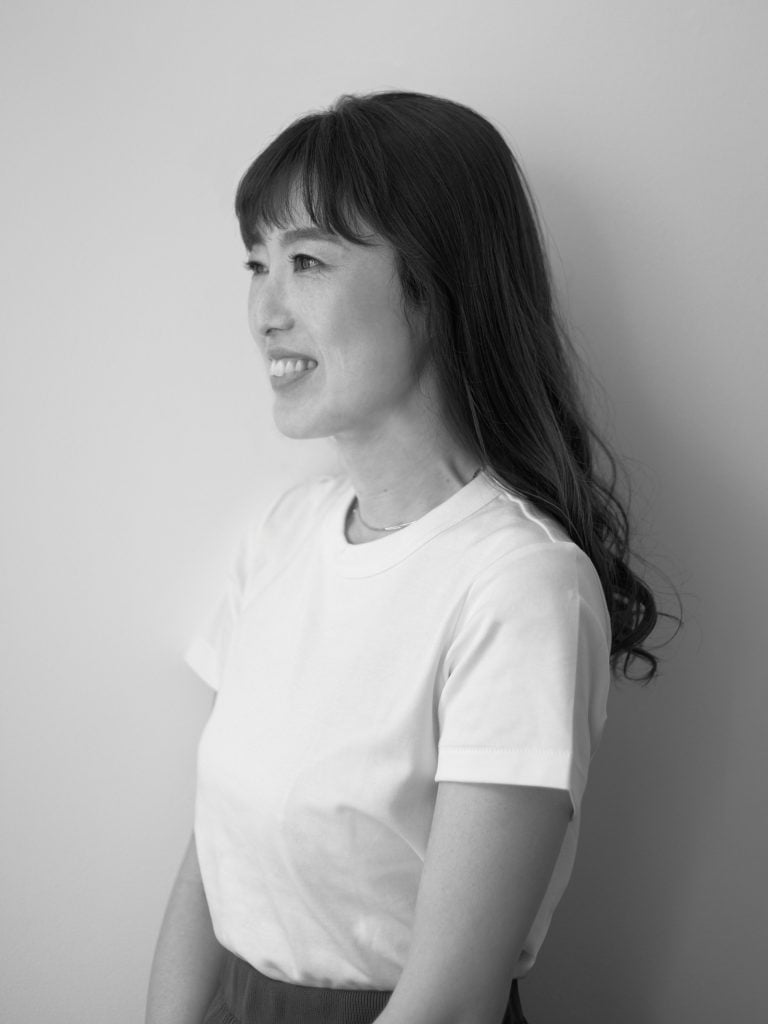
Eri Takane. ©Yusuke Abe.
Chosen to head Tokyo Gendai for her globe-trotting, multifaceted career, Eri Takane’s primary hope for this year’s fair is for it to lay the foundation for a larger platform of exchange. “We’re thinking long-term about how to create an ecosystem where collectors, curators, and others can join in a larger dialogue,” she told Artnet News. In addition to gallery direction, Takane’s resume includes leading VIP relations at Tokyo Gendai’s sister fair Taipei Dangdai, advising the Japan branch of Google Arts and Culture, and working for the Japan Foundation in New York. She also hosts a Japanese radio program about sustainable development.
While assembling a multinational event, Takane has been mindful to emphasize the geographic uniqueness of the fair, organizing programs that highlight both Japan’s broader and more regional cultures. “We’re excited to partner with local artists and foundations to represent places outside Tokyo, such as Naoshima, Odawara, Gunma, and Saitama.”
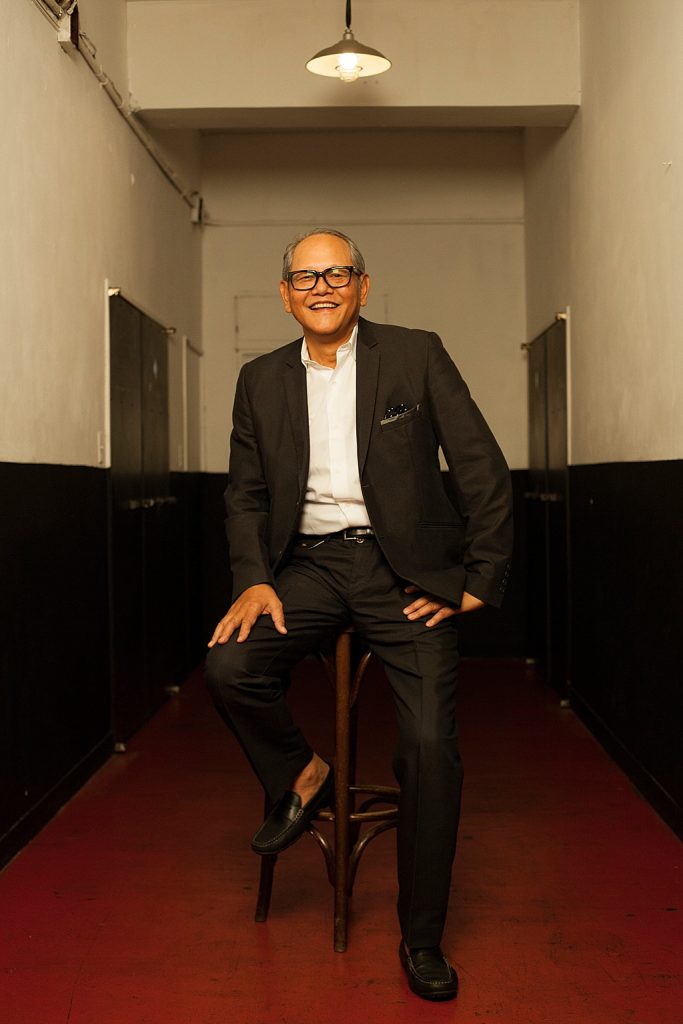
Sueo Mizuma. Photo by Hiroshi Noguchi.
Mizuma Art Gallery opened in 1994 with Sueo Mizuma’s desire to spotlight exciting contemporary artists overlooked by the domestic and international markets. Mr. Mizuma helped launch the careers of some of Japan’s top creatives working today, such as Makoto Aida and Akira Yamaguchi; he’s also introduced cutting-edge Southeast Asian artists to Japan and opened doors for Japanese artists around the world by establishing spaces in locations like Singapore and New York.
As a member of the consultative council, Mr. Mizuma laid the groundwork for Tokyo Gendai by fostering relationships between the government and local art scene. He remarked on his excitement about Japan’s climbing economy and the arrival of an international art fair of this scale, noting “The Japanese art market is revitalizing” and “The fair is a battleground for the talents of artists.” During Tokyo Gendai, visitors can see an exhibition of work by the New York-based manga artist Akino Kondoh, represented by Mizuma Art Gallery, at the Tokyo space.
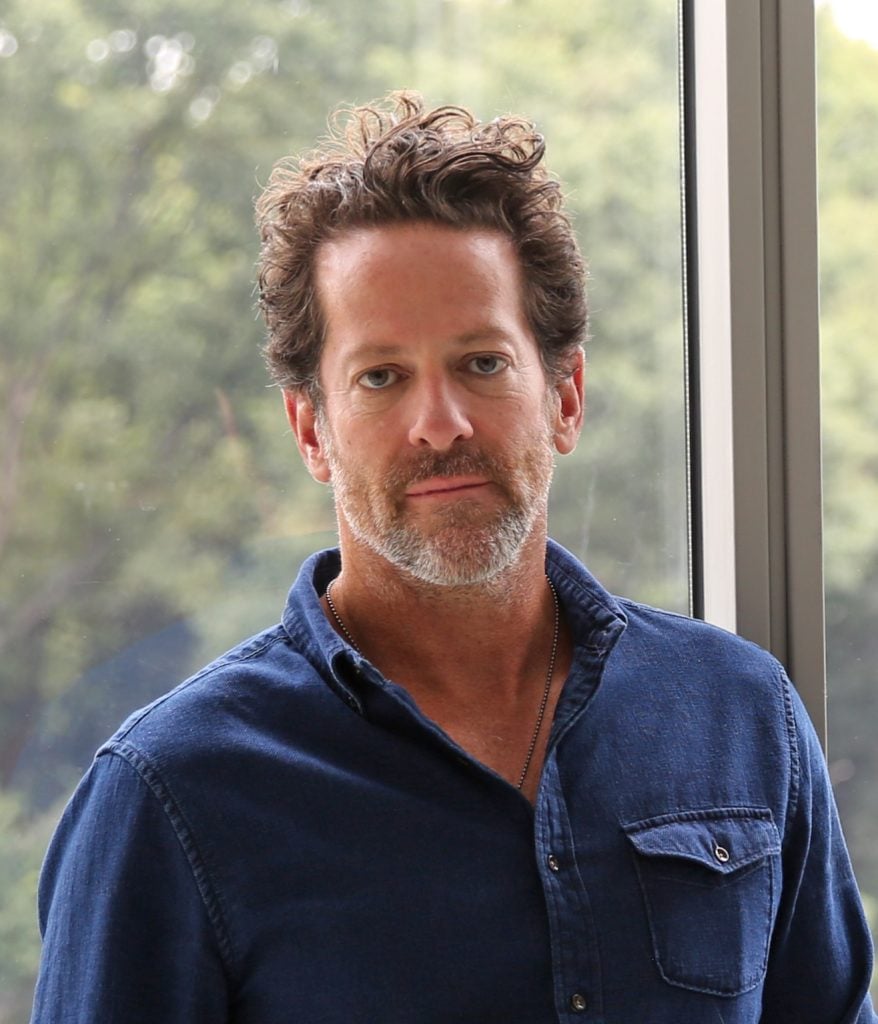
Tim Blum. Photo courtesy of Blum & Poe.
Tim Blum, tapped for the Tokyo Gendai selection committee, has garnered decades of experience living and working in Japan. Blum and Poe remains on the vanguard of Japanese contemporary art, having brought pop-centric titans like Yoshitomo Nara into the limelight and ushered in a global renaissance for postwar movements such as Mono-ha. Blum still sees potential in Japanese creativity. “There are a great deal of interesting and talented young artists coming out of Japan, particularly painters working in very post-post-Superflat styles…I think this is an attempt to forge a new way forward.”
Blum and Poe is also ahead of the curve with contemporary art in the U.S., having helped make L.A.’s scene what it is today. Blum believes present conditions for cross-cultural collecting are promising, pointing to a rising Japanese collecting class he describes as “new, robust, and adventurous” that has learned from its predecessors. He is not nostalgic for the Bubble era, nor does he find collectors to be. “Bubbles inherently pop. In Japan, the most recent generation of collectors grew up in a post-bubble economy—they’ve only recently come out of it. What would be ideal is a real, ingrained culture of collecting and supporting the arts.”
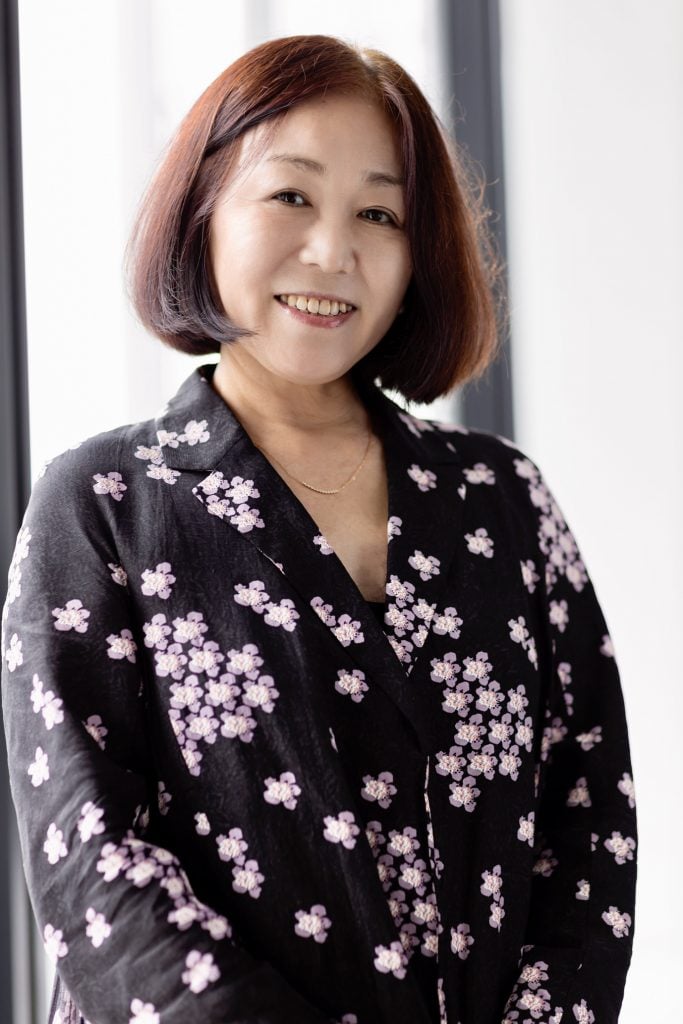
Michiko Kasahara.
Michiko Kasahara, together with Yuri Yamada, curates the “Tsubomi” (flower bud) segment of the fair, featuring five contemporary Japanese women artists: painter Leiko Ikemura, multi-media artist Kunié Sugiura, and photographers Yurie Nagashima, Tomoko Yoneda, Ayaka Yamamoto. “Although ‘Tsubomi’ could mean just the beginning of something—in truth the works of Japanese contemporary women have been in full bloom for many decades, including the works in the exhibition here,” Kasahara commented. She also looks forward to seeing how the work will generate new perspectives and power when displayed together.
Tokyo’s Artizon Museum boasts around 3,000 items ranging from ancient to contemporary art from around the world. As deputy director, Kasahara proposed the framework for its popular “Jam-Session” program, which lets contemporary artists pair their own works with art from the collection. With further experience as a critic, lecturer, and former chief curator of Tokyo Photographic Art Museum, she is one of the foremost authorities on contemporary Japanese photography. “I hope there are even more opportunities for women artists to show their works, even those that do not have contracts with the galleries in the art fair,” she said.
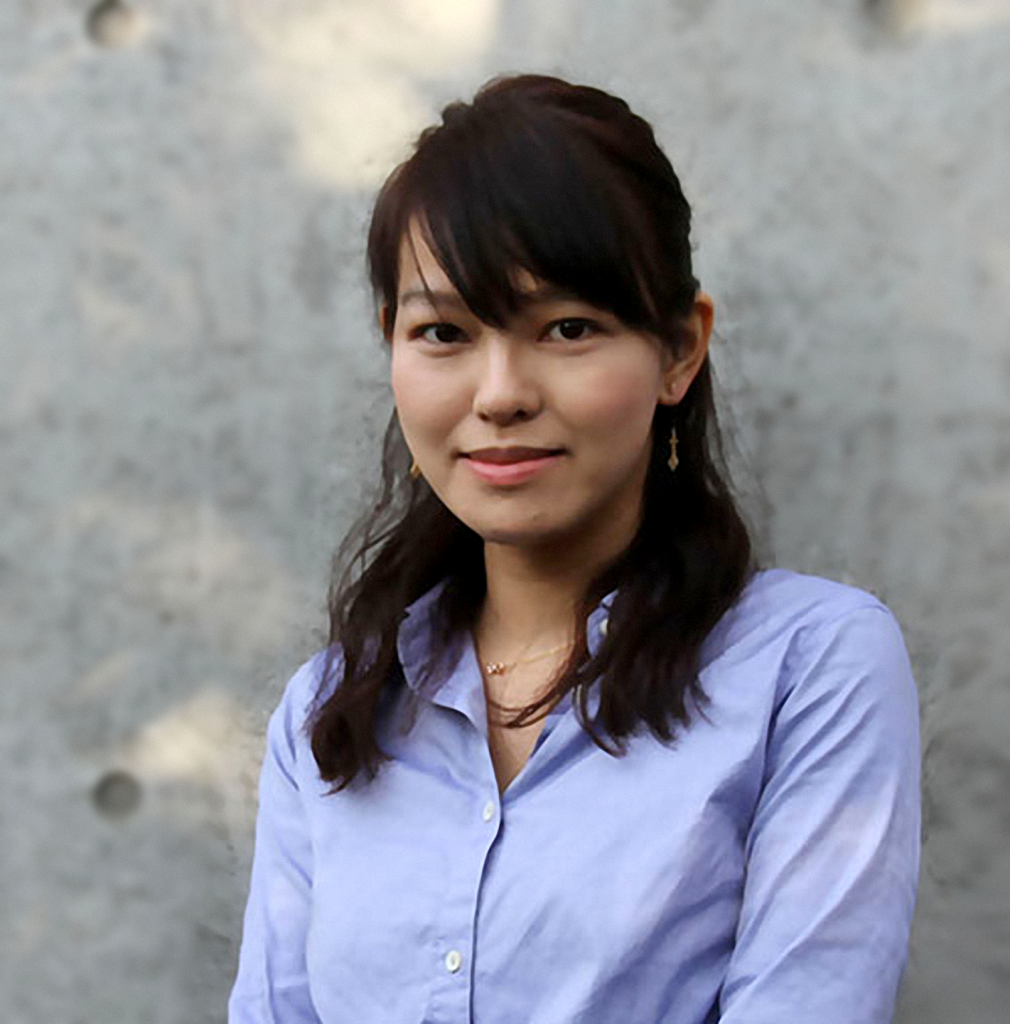
Yuri Yamada.
As a curator at TOP Museum, Tokyo’s public institution for photography and moving images, Yuri Yamada has ample experience recognizing artistry behind the lens. From street snapshots of the fifties and sixties, to the “Provoke” era of the seventies and eighties, and the rise of women photographers in the nineties, photographic talent has long played a pivotal role in Japanese contemporary art.
Yamada’s task for the “Tsubomi” exhibition “Life Actually: The Work of Contemporary Japanese Women Artists” was to design the floor plan for displaying the five artists chosen by Michiko Kasahara. “Despite being from different generations and fields, I believe that their works will generate considerable energy when exhibited together, showing the ‘now’ of the world that Japanese women are facing,” she said.
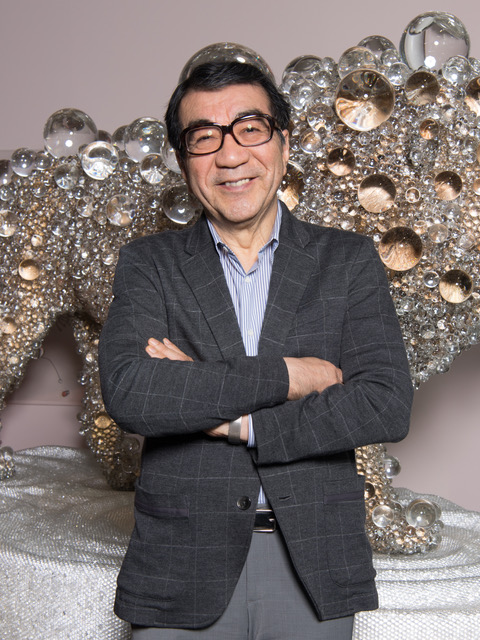
Ryutaro Takahashi. Photo by Elena Tyutina.
Ryutaro Takahashi began collecting in the 1990s to decorate the waiting room of his Tokyo psychiatry clinic. Not satisfied with only lithographs, of which he owned pieces by Clavé and Tàpies, he developed a keen eye for contemporary Japanese art and sought out originals by artists including Yayoi Kusama and Lee Ufan. His collection of some 3,000 works is now among the most renowned in the country, with holdings by luminaries like Kohei Nawa, Kishio Suga, Tadanori Yokoo, and Aiko Miyanaga. The Takahashi Ryutaro Collection is frequently displayed in domestic and international exhibitions, including a show at WHAT Museum in Tokyo through August 27.
Dr. Takahashi continues to keep his finger on the pulse of Japanese creativity, selecting rising stars including installation artist Yuko Mohri and abstract painter Rikako Kawauchi. He is especially excited about galleries that “work with the younger generation of artists, such as Takuro Someya Contemporary, Parcel, and rin art association,” he told Artnet. “Looking at the current success of domestic auctions, I feel that the numbers of younger and foreign collectors are gradually increasing. I’m not worried.”
Tokyo Gendai is open to the public July 7 through 9 at Pacifico Yokohama (Preview Day July 6.)